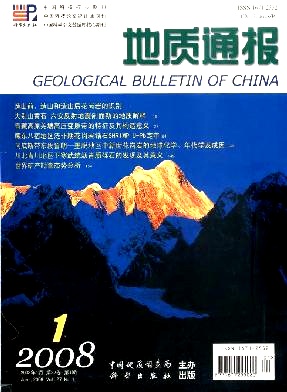ZHANG Qi1, WANG Yuan-long1, JIN Wei-jun1, JIA Xiu-qin2, LI Cheng-dong3. Criteria for the recognition of pre-, syn-and post-orogenic granitic rocks[J]. Geological Bulletin of China, 2008, 27(1): 1-18.
| Citation: |
ZHANG Qi1, WANG Yuan-long1, JIN Wei-jun1, JIA Xiu-qin2, LI Cheng-dong3. Criteria for the recognition of pre-, syn-and post-orogenic granitic rocks[J]. Geological Bulletin of China, 2008, 27(1): 1-18.
|
Criteria for the recognition of pre-, syn-and post-orogenic granitic rocks
-
1. Institute of Geology and Geophysics, Chinese Academy of Sciences, Beijing 100029, China;2. Institute of High Energy Physics, Chinese Academy of Sciences, Beijing 100039, China;3. Tianjin Institute of Geology and Mineral Resources, Tianjin 300170, China
-
Abstract
Pre-, syn-, and post-orogenic (pre-, syn- and post-collisional) granitic rocks are a hot topic of granite research. However, vague and contradictory views exist about the concepts of pre-, syn-, and post-orogeny. Therefore the authors present a new concept and discrimination method for pre-, syn-, and post-orogeny and discuss some case histories of Africa, Turkey and Brazil. The focus is on granitic rocks of the Qinghai-Tibet Plateau related to collision. They point out that only the pre- and syn-orogenic stages occurred on the Qinghai-Tibet Plateau. The collision on the Qinghai-Tibet Plateau took place at ~50 Ma. The 25-3 Ma adakite and leucogranite formed in the collision stage. The features of the 25-3 Ma granitic rocks imply that the Qinghai-Tibet Plateau had been uplifted wholesalely before 25 Ma, and the extensional tectonics (such as southern detachment system, large-scale strike-slip faults and N-S-striking rift) that developed after 25 Ma formed by compression in the syn-orogenic stage, rather than crustal extensional thinning and collapse in the post-orogenic stage.
-

-
-
Access History







 DownLoad:
DownLoad: